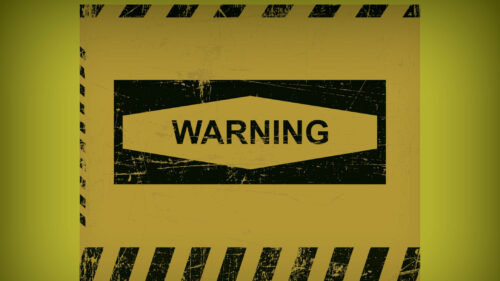You may have thought there was a typo in this title — “Silica” Valley? Perhaps, we must mean Silicon Valley, right? Well, unfortunately, that’s no typo. While Silicon Valley is known for its startups and global technology companies, the term silica is getting a lot of lime light as of late — but not for its hip new startup.
In fact, silica has been around since 3000 BC, as it’s a key raw material that was used in the industrial development of the world — especially in glass and ceramic industries. Today, we know silica exists in nine different crystalline forms…one of the most common being quartz. When these materials are ground up, silica dust is released and can be hazardous when very small particles are inhaled — particularly causing disabling and sometimes fatal lung diseases, including silicosis, lung cancer, and kidney disease.
Back to modern day, last month, OSHA issued a final rule that addresses silica dust exposure in the workplace. Many industries are affected: mining, construction, fracking, oil and gas, transportation, sandblasting, concrete manufacturing, demolition, and even dentistry.
OSHA’s Silica Rules
OSHA has issued three rules simultaneously, and each has an independent schedule for when full compliance will be required. The three standards are:
- Construction — Compliance deadline is June 23, 2017.
- General Industry/Maritime — Compliance deadline is June 23, 2018.
- Hydraulic Fracturing — Compliance deadline is June 23, 2018, for all provisions except Engineering Controls, which for this industry alone has been extended to June 23, 2021, in recognition that technology is still advancing in this area.
OSHA Key Silica Standards
Here are the key provisions of the OSHA ruling.
Permissible Exposure Limits (PEL) hasn’t been updated since 1971. The new standard updates the limit and takes it to 50 micrograms per cubic meter of air for respirable silica (this is averaged over an 8-hour work shift).
Engineering controls to protect workers are required as a first step, with the use of respirators when these controls aren’t feasible. Critics of the standard maintain that engineering controls will never be adequate, so the new standard requires employers to deploy two corrective actions.
Employers are required to implement a written exposure control plan and offer medical evaluations to highly exposed workers.
For the construction standard, the plan is being presented by OSHA as providing flexibility to employers by providing guidelines for specific work practices or “Specified Exposure Control Methods.” There are 18 specified exposure control methods, referred to as Table 1 practices. Employers who follow these practices can use the prescribed methods and eliminate the need to conduct exposure monitoring.
For the general industry and maritime standard, employers are required to perform an exposure assessment to identify each employee who might be potentially exposed at or above the OSHA action level of 25 micrograms per cubic meter. If the monitoring shows that exposures are above the action level but below the PEL of 50 micrograms per cubic meter, then monitoring must be repeated every six months. If the monitoring indicates exposure is above the PEL, then monitoring must be repeated every three months.
Trust Holmes Murphy Loss Control Consultants
I get it. That’s a lot to take in, but we’re here to help sort through it all. At Holmes Murphy, we can help prepare you and your business for the new rules.
A risk assessment will help you determine if your organization falls under silica standards due to potential workplace exposures. Holmes Murphy Loss Control Consultants are available to work with you to evaluate your operations and determine if you have operations that fall under any of the three new crystalline silica standards for construction, general industry, or fracking.
If the operation falls under one of the silica regulations, our Loss Control Consultants can assist you with identifying resources that will help to evaluate and quantify the exposure. We can assist with connecting you to carrier and third-party resources to get the testing and equipment needed to be compliant.
Implement corrective actions based on exposure results, including identifying potential controls and assisting with program development and training. Once the exposures have been identified and quantified, our Loss Control Consultants can assist with program development and implementing new policies and procedures, including training assistance.
There are also a number of good references available on the OSHA Silica page, including regulatory language, facts sheets, an option to receive email updates on the silica rule.
Again, we’re always here to help. Please don’t hesitate to call or message us with any questions you may have. We also encourage you to share your comments below. Someone else is probably wondering/thinking the same thing! Let’s help each other out!







